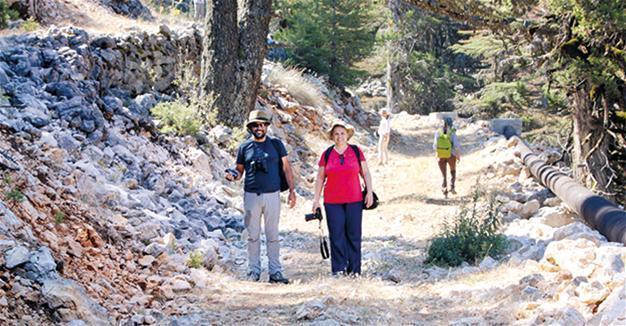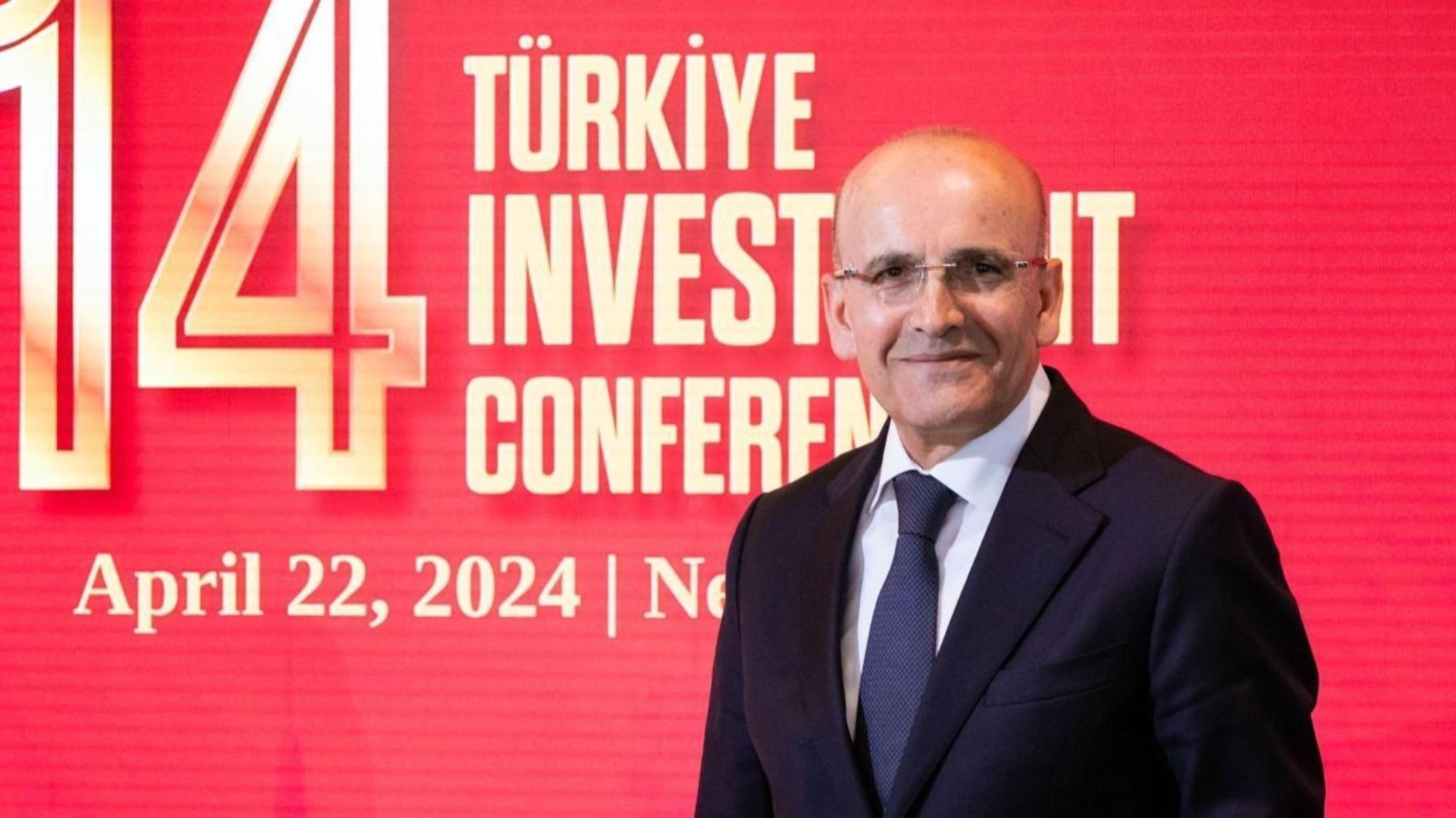Research uncovers Lycian roads in Antalya monument
ANTALYA – Doğan News Agency
 Under the light of the pillar of the Monument of the Roads, which is considered one of the world’s oldest road maps, showing roads built by the Roman Emperor Claudius in Lycia, 21 out of 63 roads have been so far been uncovered by archeologists.
Under the light of the pillar of the Monument of the Roads, which is considered one of the world’s oldest road maps, showing roads built by the Roman Emperor Claudius in Lycia, 21 out of 63 roads have been so far been uncovered by archeologists. Akdeniz University Department of Ancient Languages and Cultures Professor Eda Akyürek Şahin said she and a team of academics were working on the research on the Roman roads in Lycia and Pamphylia.
Şahin said they took over the research after the death of her husband Professor Sencer Şahin in 2014. Work was first initiated in 2004 within the scope of the Stadiasmus Patarensis in Patara, also known as the Stadiasmus Provinciae Lyciae and the Miliarium Lyciae.
The Akdeniz University Scientific Research Projects Coordination Unit, Koç University, the Suna and İnan Kıraç Mediterranean Civilizations Research Center and Patara excavations head Professor Havva İşkan Işık also contribute to the research, she said.
One of members of the research team, academic Fatih Onur, said the Stadiasmus Patarensis was found in Patara in 1994. “The blocks were reunited by the late professor. It was revealed that those blocks were the parts of a seven-meter monument and it had inscriptions on its three sides,” he said.
Onur added that the monument, “unique in Turkey and the world,” was dedicated to the Roman Empire Claudius in 46 A.D.
“It is written on the monument that the Romans took control of Lycia. There is a road map on the monument, listing 63 roads with their distance from other cities. The names of 50 cities are mentioned on the map,” he said.
Monument ‘gave a fearful message’
The roads in the monument might have been used as a propaganda tool, said Onur.
“Lycia was made a province in 43 A.D. and this monument was erected in 46 A.D. The Lycians dedicated the monument to the Emperor Claudius and their goal was to give a positive image to Roman hegemony. The monument was erected in Patara because Patara was the capital Lycia at that time,” he added.
With the monument, the Romans aimed to give a “hidden fearful message.”
“This message says ‘We have all military control, we know your land inch by inch. This is the power of the Romans.’ It aims to show the power of the Roman military in Lycia,” Onur said.
He said one third of the 63 roads in the monuments had been uncovered so far, as well as five roads during works in eastern Lycia.
“We also found 10 more roads in the middle of Lycia. Now we are continuing in Fethiye and Seydikemer in the west. We found six roads there,” he added.
Onur noted that the longest distance between two cities in the monument was nearly 45 kilometers.
“When the research is finished, the transportation infrastructure of Lycia will be revealed, as well its administrative system. We will determine the geographical information about ancient Lycia,” he said.
















